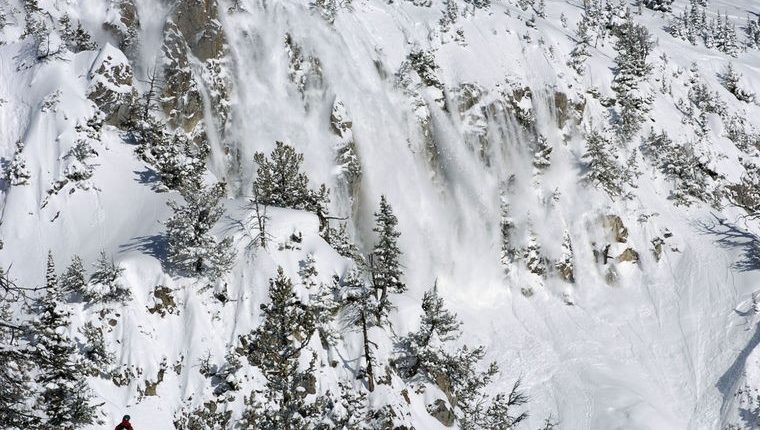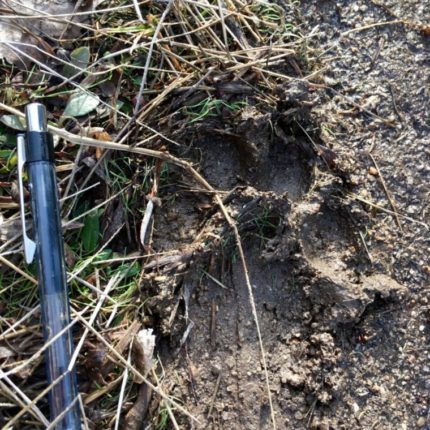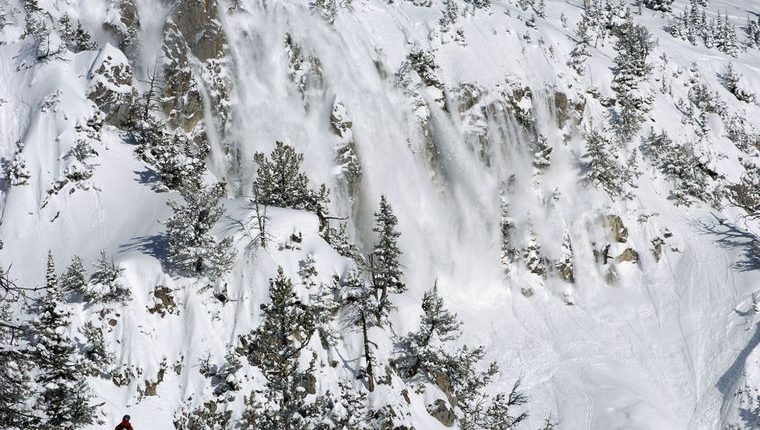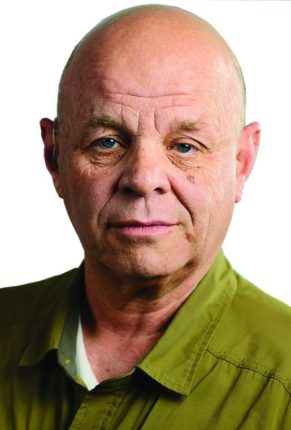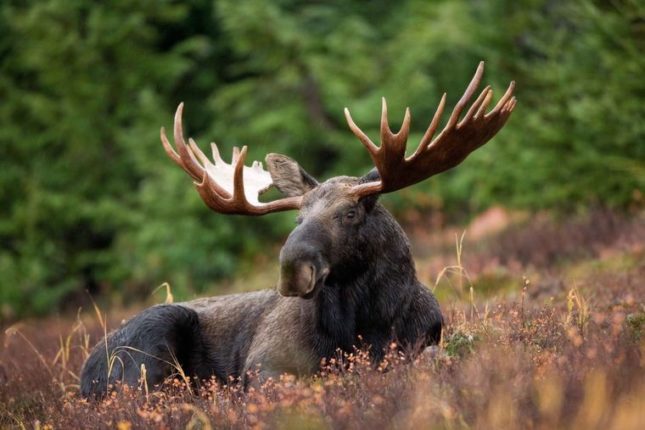BOISE — Bowen Toomey is one of the most inspirational people you could meet. Lively, smart and playful, his smile comes from deep in his soul, and its glow outshines his obvious challenges.
Bowen, 9, was born without complete arms or legs, given up by his birth mother in Serbia and placed in a government-run orphanage.
Today, playing with his two brothers, Heath, 11, and Brooks, 9, in the family room of their Eagle home, there are peals of laughter and some brotherly teasing. Bowen gives as good as he gets as he articulates his hips to move his 45-pound body along the floor, enthusiastically chasing after Brooks. A bright smile emanates from his Bowen’s face as shouts and giggles follow.
“It’s been great to see how Bowen’s story has unfolded,” said his mother, Devon Toomey. “He continually inspires people in the community and around the world. He’s a constant surprise. With all that he’s been through you’d think he’d be unhappy, but he is joyful through it all.”
Toomey, a special education teacher turned stay-at-home mom, and her husband, an orthopedic surgeon, adopted Bowen in 2010.
Rather than thinking of himself as disabled, Bowen makes himself very able. With a stubborn streak and the will to persevere, Bowen has overcome obstacles through his own grit, his family’s belief in him and their refusal to treat him differently.
“I have no arms and no legs,” Bowen said. “And that’s a good thing because it makes me special. I like me the way I am.”
Bowen’s story was featured on NBC’s “Today” show at Christmastime in 2014 and in People magazine in the fall of 2015.
The family is happy to tell Bowen’s story to inspire and show that a special-needs child is “not as overwhelming as it may appear on the surface,” said Jeremy Toomey, Bowen’s dad.
THE CAN-DO KID
Bowen uses his incredibly strong torso to inch his way up the stairs to his bedroom. He uses a universal cuff with a spoon on his left upper arm to eat. He undresses himself using a gadget Devon created from a basket, weights and hooks.
He writes by holding a pen or pencil in his mouth. He can use a desktop computer with a mouse or an iPad. And he taught himself to swim like a fish in the family’s pool.
“You need to try and practice,” Bowen said.
Over the summer, Bowen competed in the Hidden Springs Triathlon, an event he’d watched his brothers take part in for several years. Bowen trained all summer and swam by himself. He competed in the running portion in his motorized wheelchair and let a family friend do the cycling.
He can’t wait to do another.
“Everyone cheers for me,” he said.
The family recently purchased Bowen an assisted-skiing apparatus so he can tackle the slopes.
“He’s an adventurous spirit,” Devon said. “He’s got a great attitude. He’s super stubborn, and he’s willing to try things. Whenever we hit a problem, Bowen somehow figures it out, and then he teaches us.”
FROM SERBIA TO IDAHO
Bowen’s success is part of a journey filled with serendipity and strong emotional bonds.
Devon and Jeremy met working at the Portland REI in 2000. They married and began moving their growing family around the country following Jeremy’s medical training in Nevada, Nebraska and Massachusetts.
After having two kids, the couple knew they wanted to adopt, but waited until Jeremy’s five-year residency was complete and he had a job.
“We didn’t know who that child would be,” Devon said. “We didn’t put any restrictions on it, but we never imagined a child like Bowen. God brought him into our lives.”
They were two years into Jeremy’s residency when Devon saw Bowen’s smiling face on Reece’s Rainbow, a website for special-needs adoptions.
“I didn’t move,” she said. “He had these big brown eyes and I knew — it was like the Lord telling me that this is our son.”
Eight months later, they headed overseas to get their third son.
A ROCKY START
Bowen entered the world in dire circumstances. When his single mother gave birth, she and the doctors were shocked to find he had no limbs, a condition related to a rare genetic condition.
“I’ve long suspected it is due to the environmental damage caused by the bombings in Serbia. His mother lived near one of the worst environmental disasters ever recorded,” Devon said. “That’s just my opinion. We don’t have any evidence.”
In 1999, NATO forces bombed Serbia with depleted uranium, the environmental effects of which still linger today. Since then, the country saw an increase in childhood cancers and in problematic births like Bowen’s. Because Serbia has limited resources, even for healthy children, disabled babies are often taken to a state-run orphanage.
“She didn’t have a lot of money and it’s kind of ingrained in their culture, so she said OK,” Devon said.
As soon as Bowen was born, he was whisked away.
The Toomeys’ visits to the Zvecanska orphanage were emotional. The well-meaning staff was overwhelmed.
“We realize that they could only do so much, but it was heartbreaking to see,” Devon said.
They saw babies and children left crying and neglected, they say, and feeding time was traumatic. Young children were fed a watery oatmeal and broth, and given a limited time to eat, Jeremy said.
“When we brought him home, we had a lot of issues around food,” Jeremy said.
“He didn’t know how to chew,” Devon said. “It took over a year to overcome that.”
Fortunately for Bowen, one of the doctors at the orphanage had a soft spot for him.
“Every day she would come in and love on him and sometimes take him to her office, and they’d watch ‘Tom and Jerry’ cartoons together,” Devon said. “So we were very lucky that he didn’t have any attachment issues and he could build a bond with all of us.”
‘YES, YOU CAN’
His limbs have actually been the least difficult thing to deal with because he can do so much.
“The most difficult things have been the things we didn’t expect, like the chewing,” Devon said.
Bowen also has learning challenges that are not fully diagnosed. He has difficulty communicating his thoughts because a speech impairment makes it hard to get the words out. Those are likely related to his limited human contact in his first 18 months, which is crucial to cognitive development, Devon said. (He is working with a speech therapist.)
“(The talking) has been the most difficult,” Devon said. “It’s getting better and better. Every week there is improvement.”
And when the world around him begins to move fast, he often retreats into an imaginary world.
“All you have to do is say his name, and he comes back,” Brooks said.
Right now, home schooling is giving him a stronger base that hopefully will help him succeed in group learning situations. Devon dreams of a time when all three of her sons will attend the same school.
“We had to insist that he be as independent as possible. In school that was not happening.” Jeremy said. “People have a tendency to want to baby him and help. That’s cute when he’s a kid, but when he’s an adult, no one is going to hold his metaphorical hand.”
Devon nods in agreement. “We try to raise him like our other boys. He said he can’t do something, and we’re like, ‘Yes, you can, Bowen. Just figure out a way.’ And he does, every time,” Devon said.
By sharing Bowen’s story, Devon hopes to show that special-needs children can be an amazing part of a family.
“I want people to see that these kids can thrive if they’re in the right environment,” she said.
